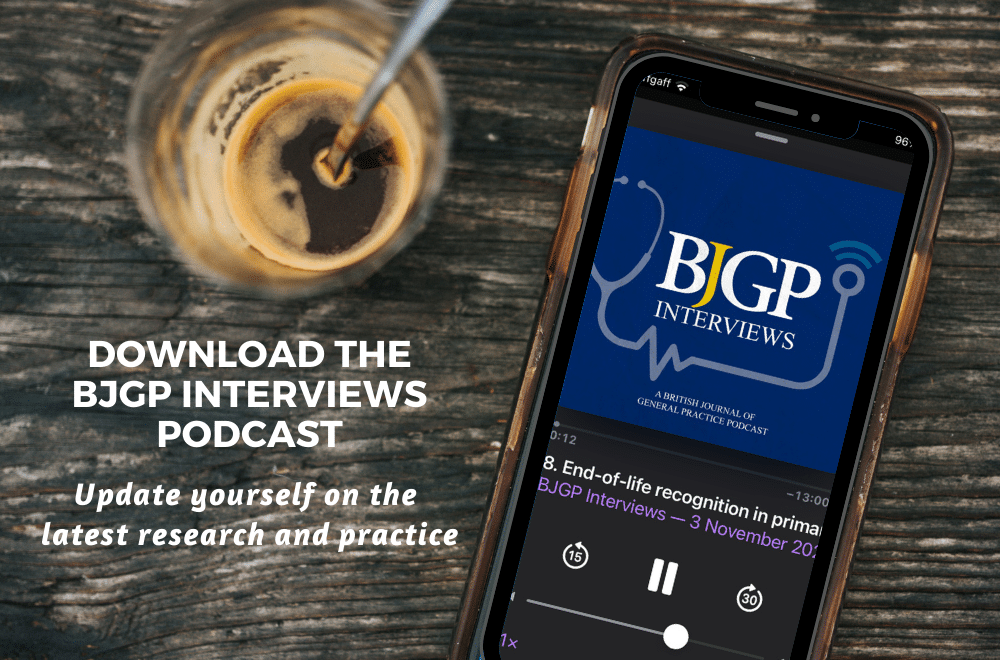Today, we’re speaking to Dr Pete Edwards, a GP and National Institute for Health and Care Research (NIHR) Research Fellow based at the University of Bristol. Pete has published a research article in the February issue of the BJGP titled,’ Safety-netting advice documentation in out-of-hours primary care: a retrospective cohort from 2013 to 2020’ along with an editorial about safety netting that we’re going to discuss today.
Title of paper: Safety-netting advice documentation in out-of-hours primary care: a retrospective cohort from 2013 to 2020
Available at: https://doi.org/10.3399/BJGP.2024.0057
Title of editorial: Safety netting in primary care: managing the low incidence, high uncertainty of severe illness
Available at: https://doi.org/10.3399/bjgp25X740529
Previous research has reported on safety-netting advice (SNA) documented in patient records during in-hours practice but this, to the authors’ knowledge, is the first large-scale (>1000 consultations) longitudinal analysis of the type of safety-netting documented advice during out-of-hours (OOH) primary care. This NIHR study demonstrated an increasing frequency of documented SNA in OOH records and increasing utility of specific advice over time. In contrast to previous reports of verbalised safety-netting during in-hours practice, this NIHR study found a higher frequency of SNA in records from face-to-face compared with telephone encounters. This NIHR study also showed safety-netting advice was more likely to be documented for patients with possible infections, but less frequently for mental health consultations. That is a possible area for improvement, in line with current UK policy for ‘parity of esteem’ between physical and mental health conditions.
Peter Edwards’ time was funded by an NIHR-badged GP Academic Clinical Fellowship funded by Health Education England South West/Severn Postgraduate Medical Education (reference: ACF-2018-25-502) and an NIHR In-Practice Fellowship (reference: NIHR302692).

